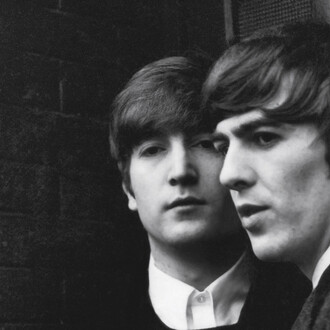While fellow southern cities such as Birmingham, Greensboro, and Little Rock may have been the focus of more headlines, Nashville played an important role in the civil rights movement during the late 1950s and 1960s. In addition to being the first metropolis in the southeast to integrate places of business peacefully, it was a hub for training students in nonviolent protest, many of whom became influential figures on the national stage.
During an April 1960 speech at Fisk University, Dr. Martin Luther King Jr. himself said, “I came to Nashville not to bring inspiration, but to gain inspiration from the great movement that has taken place in this community.” This legacy is worthy of reexamination fifty years after King’s death, when race relations and social justice are again at the forefront of our country’s consciousness.
The fifty photographs in this exhibition were taken between 1957, the year that desegregation in public schools began, and 1968, when the National Guard was called in to surround the state capitol in the wake of King’s assassination in Memphis. Of central significance are images of lunch counter sit-ins, led by students from local historically black colleges and universities, that took place in early 1960. The photographs are sourced from the archives of Nashville’s two daily newspapers at the time: The Tennessean and the now-defunct Nashville Banner. Some were selected to be published, but many were not. This exhibition offers an opportunity to consider the role of images and the media in shaping public opinion, a relevant subject in today’s news-saturated climate.













